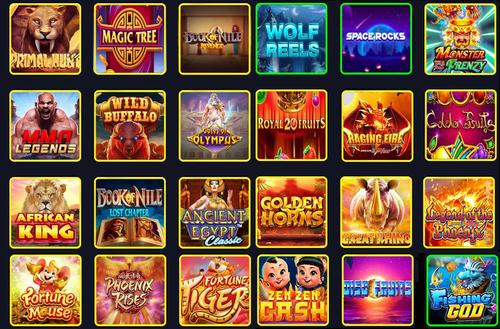
# Understanding Lucky Draw Mechanics
Lucky draws are exciting events that capture the attention of participants with the promise of winning amazing prizes. Every lucky draw has a distinct mechanism designed to engage users, build excitement, and ensure fairness. In this article, we'll explore the essential components of lucky draw mechanics, highlighting their significance and practical applications.
## 1. Definition and Purpose
### What is a Lucky Draw?
P: A lucky draw is a game of chance where participants enter for a chance to win prizes. It involves selecting random entries to determine winners, typically conducted through tickets or digital entries.
### Why Use Lucky Draws?
P: Organizations use lucky draws to boost customer engagement, promote products, or celebrate significant events. They create excitement and anticipation, enhancing participants' overall experience.
## 2. Key Components of Lucky Draw Mechanics
### 2.1 Entry Mechanism
P: The entry mechanism serves as the first step in the lucky draw process. Participants can enter via various methods, including:
1. **Physical Tickets**: Participants receive physical tickets at events or purchases.
2. **Digital Entries**: Online platforms allow users to submit entries via forms or social media interactions.
### 2.2 Criteria for Participation
P: Defining clear criteria for participation ensures that the lucky draw is accessible and appealing. Common criteria include:
- **Age Restrictions**: Limiting entries to participants of a certain age.
- **Purchase Requirements**: Requiring a purchase to gain an entry.
- **Social Media Interaction**: Asking participants to follow, share, or comment.
### 2.3 Drawing Process
P: The drawing process is integral to maintaining transparency and fairness in a lucky draw. Various methods can be employed:
1. **Random Number Generators**: Automated systems randomly select winners, ensuring impartiality.
2. **Live Draw Events**: Some organizations host live events to select winners in real-time, enhancing excitement.
3. **Third-Party Verification**: Engaging an independent party to oversee the drawing can further enhance credibility.
## 3. Ensuring Fairness and Transparency
### 3.1 Clear Rules and Regulations
P: Establishing transparent rules is crucial in promoting trust among participants. This includes:
- **Eligibility Information**: Clearly stating who can participate.
- **Prize Details**: Providing descriptions of the prizes and their value.
### 3.2 Announcement of Winners
P: The announcement of winners should be done promptly and publicly. Common practices include:
1. **Email Notifications**: Contacting winners directly.
2. **Public Announcements**: Using social media or websites to declare winners, ensuring accountability.
### 3.3 Feedback and Engagement
P: After the draw, gather participant feedback to help improve future events. Engaging with participants boosts loyalty and encourages participation in upcoming lucky draws.
## 4. Conclusion
P: Lucky draw mechanics play a pivotal role in creating engaging and fair experiences for participants. By incorporating clear entry methods, fair drawing processes, and transparent rules, organizations can foster excitement and anticipation. With proper execution, lucky draws not only provide entertainment but also become an effective marketing tool that promotes brand loyalty and drives customer engagement. As businesses continue embracing this age-old tradition, understanding the mechanics behind it becomes increasingly important for success.
Word Count: 523